
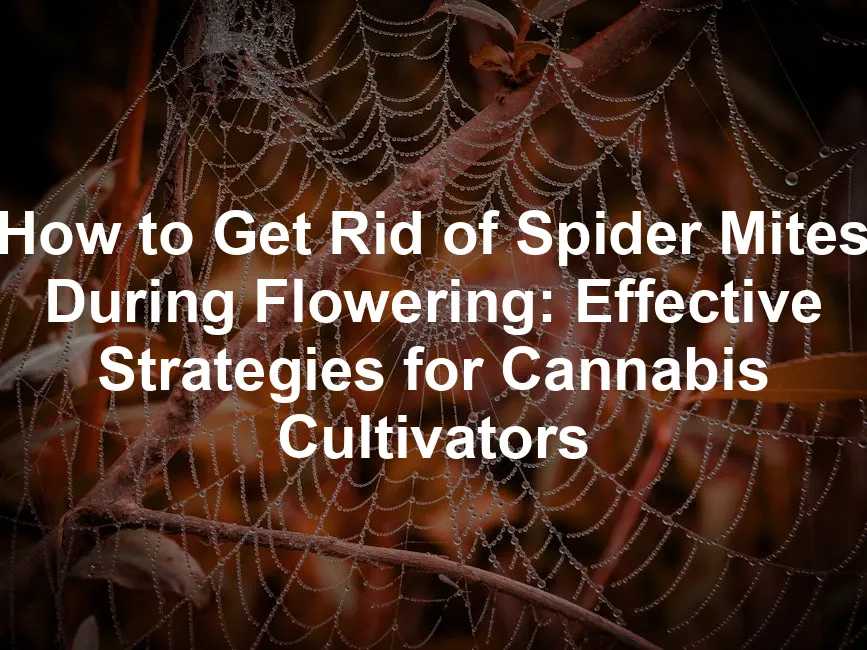
How to Get Rid of Spider Mites During Flowering: Effective Strategies for Cannabis Cultivators
Introduction
Spider mites are a significant challenge during the flowering stage of cannabis cultivation. These tiny pests can wreak havoc on your plants, leading to reduced yields and compromised health. Timely intervention is crucial to manage infestations effectively. Implementing the right strategies can save your crop and ensure a successful harvest.
Summary and Overview
Spider mites belong to the arachnid family and are notorious for infesting cannabis plants. Their life cycle consists of four stages: egg, larva, nymph, and adult. They thrive in warm, dry environments, making them particularly problematic for indoor growers.
Conditions such as high temperatures and low humidity favor spider mite infestations. It’s essential to understand these factors to prevent outbreaks. Prevention and treatment during flowering are vital, as this stage is critical for bud development.
In this article, we will cover effective methods to tackle spider mites, including identification, environmental factors, prevention strategies, and treatment options.

Understanding Spider Mites
What are Spider Mites?
Spider mites are tiny arachnids, usually less than 1 mm long. They can appear red, yellow, or green, depending on the species. These pests feed on plant sap, piercing leaf tissue and extracting fluids. This feeding leads to damage like discoloration and leaf distortion, which can significantly impact your crop’s health and yield.
Their feeding habits also cause a reduction in chlorophyll, affecting photosynthesis. Spider mites often leave fine webbing on plants, protecting themselves and their eggs. This webbing can escalate quickly, making infestations difficult to control. Keeping a close watch on your plants can help catch these pests before they cause severe damage.
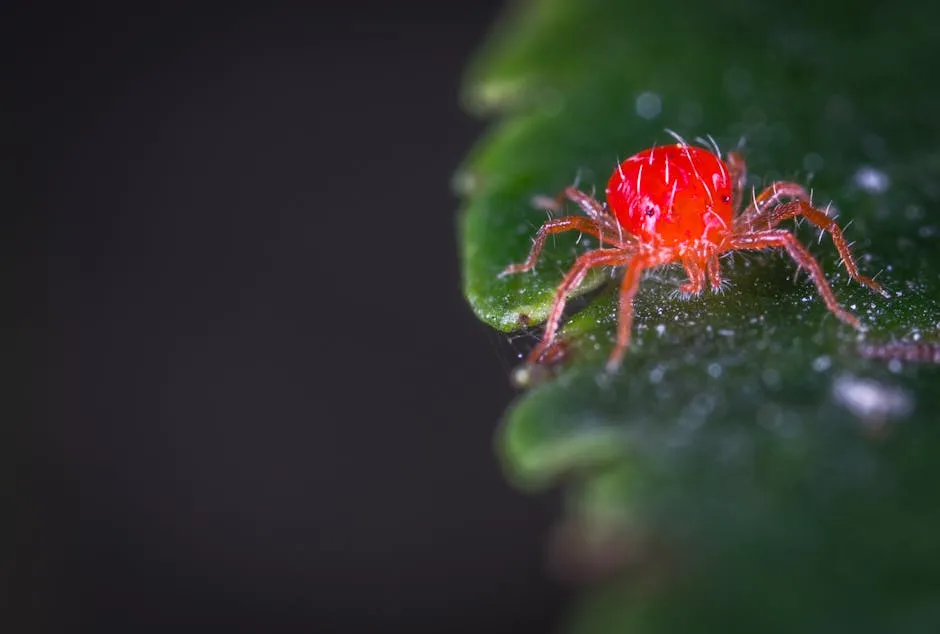
Identifying Spider Mites
Signs of Infestation
Spider mites are sneaky little pests. You might notice them only when damage becomes apparent. Look for these common signs:
- Webbing: Fine, silky webs on leaves and stems.
- Discoloration: Yellow or bronzed spots on leaves.
- Dusty Appearance: Leaves may look dusty or speckled.
- Leaf Distortion: Curling or twisting leaves can indicate a problem.
To inspect your plants effectively, check the undersides of leaves. Use a plant magnifying glass if needed. Early detection is crucial. The sooner you identify spider mites, the better your chances of minimizing damage. Ignoring early signs can lead to severe infestations and loss of yield.

Environmental Factors Contributing to Infestations
Conditions Favoring Spider Mites
Spider mites thrive in specific environmental conditions. Here’s what to watch:
- Temperature: They reproduce rapidly in warm temperatures, especially above 75°F (24°C).
- Humidity: Low humidity levels, typically below 50%, create ideal conditions for their growth.
- Air Circulation: Poor ventilation allows spider mites to spread easily among plants.
Statistics show that under optimal conditions, spider mites can complete their life cycle in just 7 to 10 days. This rapid reproduction makes controlling infestations challenging.
To create an unfavorable environment for spider mites, consider these preventative measures:
- Monitor Temperature: Keep your grow area cool and stable.
- Increase Humidity: Aim for humidity levels between 55% and 65%.
- Ensure Good Airflow: Use oscillating fans to promote air circulation.
By managing these factors, you can significantly reduce the risk of spider mite infestations.

Prevention Strategies
Best Practices to Avoid Infestations
Preventing spider mites starts before they arrive. Here are some effective practices to keep your grow area safe:
- Quarantine New Plants: Always isolate new plants for 2-3 weeks. This helps prevent introducing pests into your existing plants.
- Regular Cleaning and Sanitation: Keep your growing area tidy. Remove debris and dust regularly, as these serve as hiding spots for pests. A clean space is less inviting for spider mites.
- Implement Environmental Controls: Monitor humidity and temperature. Aim for levels between 55% and 65% humidity. Good ventilation also helps deter spider mites by maintaining air circulation.
- Use Beneficial Insects: Introduce natural predators like ladybug habitat kits or predatory mites. These insects feed on spider mites, offering an eco-friendly pest control option. Tips for attracting beneficial insects to your garden

Treatment Options for Spider Mites During Flowering
Natural Remedies
If spider mites invade during flowering, natural solutions can help. Neem oil and essential oils like rosemary oil work effectively as deterrents. Natural remedies for common plant diseases
Neem oil is a popular choice. It disrupts the life cycle of spider mites and prevents them from feeding. To apply, mix neem oil with water according to the instructions. Spray your plants early in the morning or late afternoon. Make sure to cover both sides of the leaves.
Essential oils can also be beneficial. Rosemary oil, in particular, is known for its pest-repelling properties. Similar to neem oil, mix it with water and spray on affected areas. Always test a small area first to ensure your plants tolerate the treatment.
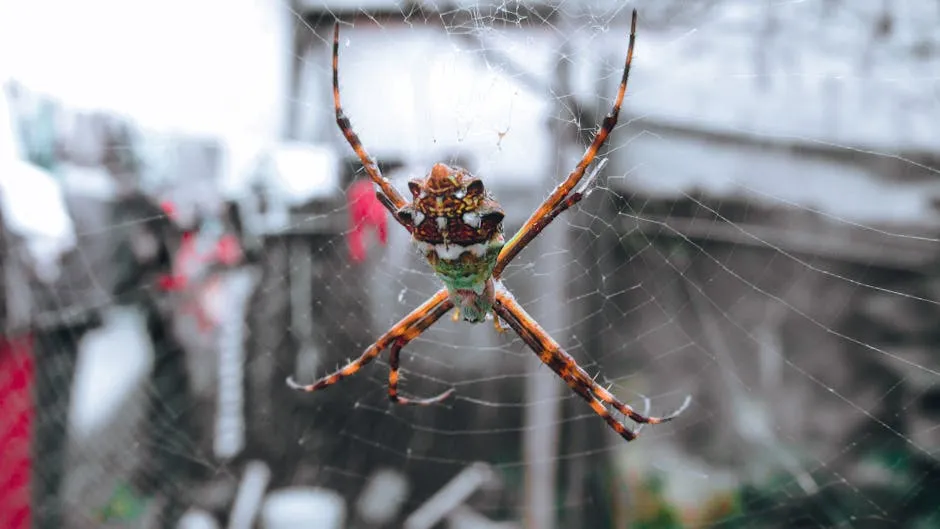
When applying any treatment during flowering, avoid oversaturating your plants. This helps prevent residue from affecting your buds. Regular treatments every few days can significantly decrease spider mite populations and protect your yield.
Chemical Treatments
Chemical treatments can effectively manage spider mites without harming your flowering plants. Look for insecticides specifically labeled safe for use during the flowering stage. Products containing azadirachtin or insecticidal soaps are often recommended. These options target spider mites while minimizing risks to your buds.
Always read the application guidelines carefully. Misuse can lead to contamination of your crop. Follow the recommended dosage and application frequency. This ensures that your plants remain healthy and free from chemical residues. Consistency is key to successfully reducing spider mite populations.
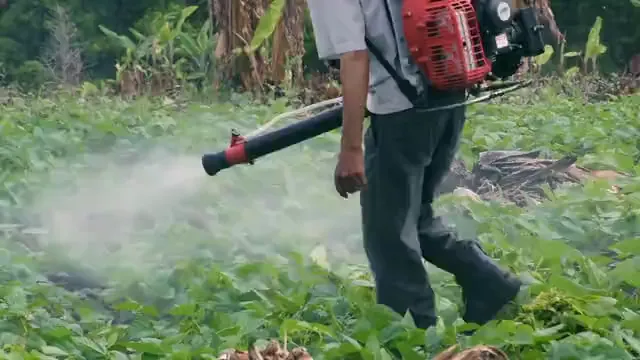
Advanced Techniques
One innovative method to combat spider mites is using CO2 treatment. High levels of carbon dioxide can suffocate these pests effectively. This method is safe for your plants and leaves no harmful residues.
To implement CO2 treatment, start by sealing your grow room tightly. This prevents CO2 from escaping. Next, use a CO2 generator or tank to raise the CO2 levels. Aim for around 12,000 ppm in a sealed space. If your setup isn’t sealed, increase the level to 15,000 ppm to account for any leaks.
Once CO2 is set, turn off any exhaust fans and allow the gas to circulate for one hour. Afterward, vent the room for at least 30 minutes before re-entering. Repeat this process five days later to ensure effective pest control.
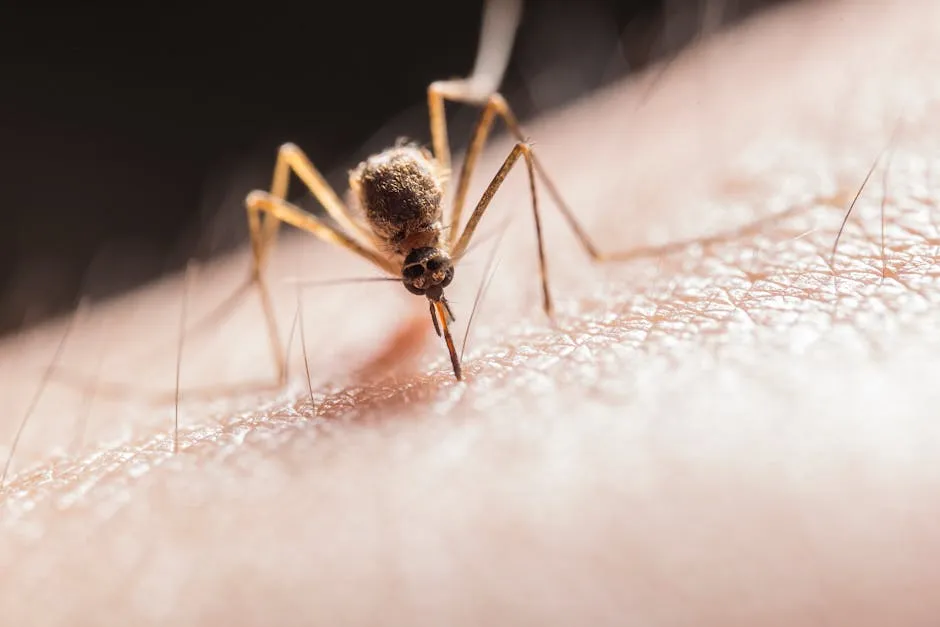
Dealing with Heavy Infestations
Emergency Measures
When spider mite infestations become severe, immediate action is necessary. Start by inspecting your plants closely. Look for heavy webbing or discolored leaves. If the damage is extensive, you may need to consider removing severely affected plants. This helps prevent the spread of mites to healthier plants.
If you see only a few affected areas, you can try treating the plants instead. Apply a combination of insecticidal soap and water to the infested areas. Make sure to cover both sides of the leaves. Wash the plants thoroughly with plain water afterward to remove any lingering chemicals.
In either case, swift intervention can save your remaining plants.

Conclusion
Managing spider mites during flowering requires vigilance and action. Remember these best practices:
- Regular Inspections: Check your plants frequently. Catching spider mites early can save your crop.
- Natural Remedies: Use neem oil or essential oils as a first line of defense. They can disrupt the life cycle of these pests. neem oil for plants
- Environmental Control: Maintain humidity and temperature to create an inhospitable environment for spider mites.
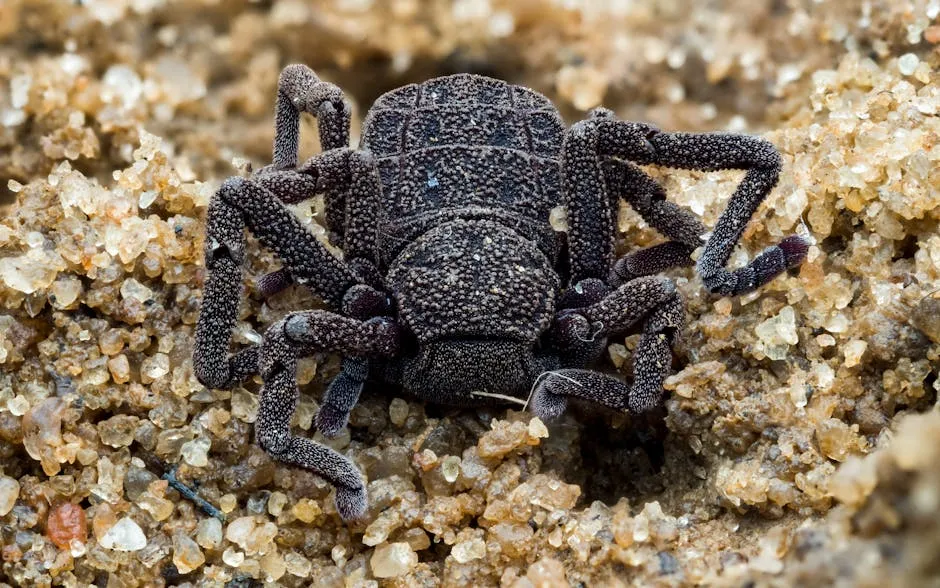
A proactive approach is essential. Don’t wait for infestations to escalate. Monitoring your plants regularly leads to early detection and effective treatment. By staying alert and taking swift action, you protect your plants and secure a bountiful harvest.
FAQs
What are the best natural treatments for spider mites during flowering?
Natural remedies like neem oil and essential oils can help. Mix neem oil with water and spray it on your plants. For essential oils, use rosemary oil similarly. Always test a small area first.
Can spider mites harm my cannabis yield?
Yes, spider mites can severely impact plant health. Their feeding reduces chlorophyll and weakens plants, leading to lower yields and compromised quality.
How often should I check for spider mites during the flowering stage?
Inspect your plants at least once a week. More frequent checks are better, especially if you notice any signs of infestation.
What should I do if I notice spider mites late in flowering?
If you spot them late in flowering, act quickly! Consider applying neem oil or insecticidal soap. If the infestation is severe, you may need to remove heavily affected plants to prevent spread.
Are there any preventative measures to avoid spider mite infestations?
Yes! Quarantine new plants, maintain cleanliness, and control environmental conditions. Consider using beneficial insects to keep spider mites at bay.
Is CO2 treatment safe for my plants?
CO2 treatment is generally safe when performed correctly. Ensure proper ventilation and don’t exceed recommended CO2 levels to keep your plants healthy.
What environmental conditions should I monitor to prevent spider mites?
Keep an eye on temperature and humidity. Aim for temperatures below 75°F (24°C) and humidity levels between 55% and 65%. Good airflow is also essential to deter spider mites.
As you navigate your gardening journey, consider investing in a pair of garden gloves to protect your hands while handling plants and treatments.
Please let us know what you think about our content by leaving a comment down below!
Thank you for reading till here 🙂
All images from Pexels



